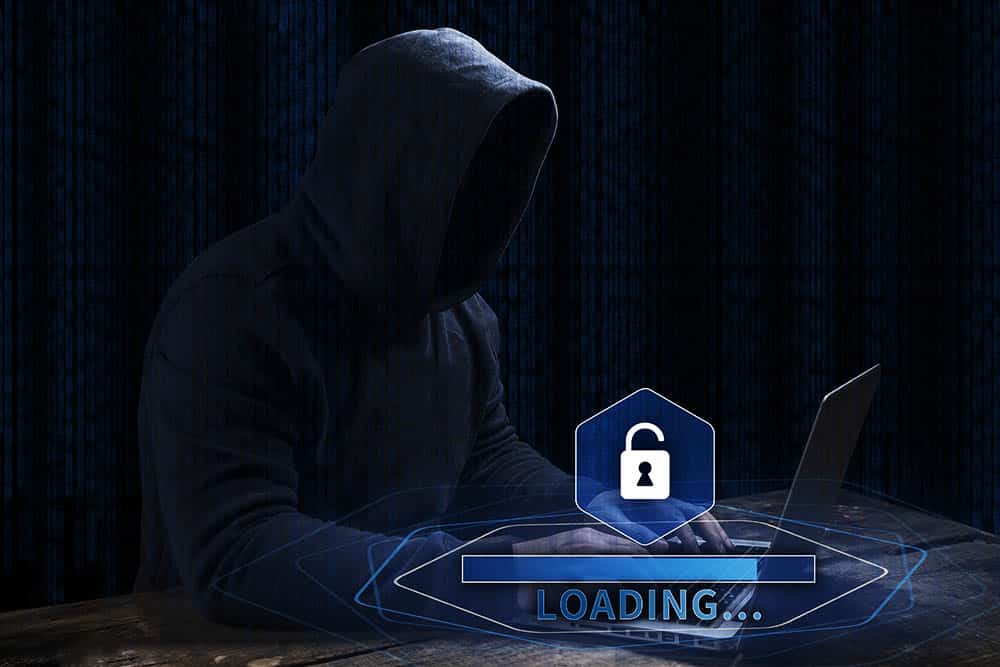Why You Should Prioritize Security Measures Now
In recent years, we have seen an increase in the number of cybersecurity attacks affecting businesses, individuals, and even countries. Despite this, many people still do not prioritize security measures until it is too late. Whether it’s a small business or a large one, the reality is that no one is immune to these attacks. The best course of action is to invest in security measures now and not wait for disaster to strike.
Why Waiting is a Bad Idea
When a company or individual waits until an attack happens to implement security measures, the damage has already been done. They risk losing valuable data, reputation damage, and even customer trust. For businesses, this can result in financial loss, legal consequences or even closure. The cost of implementing security measures is far less than the cost of recovering from an attack.
Understanding the Risks
It is important to understand the risks involved in cybersecurity attacks. Some of the common methods used by hackers include phishing, malware, and social engineering. Phishing involves tricking individuals into disclosing sensitive information, such as login credentials, by posing as legitimate entities. Malware exploits vulnerabilities in software to gain access to a user’s system. Social engineering involves manipulating individuals to divulge sensitive information knowingly or unknowingly. It is important to remain vigilant against these types of attacks.
Tips for Prioritizing Security Measures
There are several tips that can help businesses and individuals prioritize security measures to protect against cybersecurity attacks.
Conduct a Risk Assessment
The first step in prioritizing security measures is to conduct a risk assessment. This involves identifying the assets at risk, such as data, hardware, and software. The assessment should identify the threats that these assets face, such as malware and phishing attacks. The risk level should be determined by considering the probability of a threat occurring and the potential impact on the organization.
Train Employees
Employees are often the weakest link in cybersecurity. It is important to train employees on how to identify cybersecurity threats and implement proper security measures. For example, employees should be trained on how to create strong passwords and not to click on suspicious links or download attachments from unknown sources.
Update Software and Hardware
Up-to-date software and hardware are essential in protecting against cybersecurity attacks. This is because software and hardware vulnerabilities can be exploited by attackers to gain access to a system. Ensuring that software and hardware are regularly updated can prevent these types of attacks.
Implement Access Controls
Access controls are an effective way to prevent unauthorized access to sensitive information. This can be done through the use of password policies or two-factor authentication. Only authorized individuals should have access to sensitive information.
Backup Your Data
Backing up data is essential in case of a ransomware attack or other cybersecurity threats. This ensures that important data can be quickly restored in the event of an attack.
Conclusion
Cybersecurity attacks are a growing problem and ignoring the risks can lead to disastrous consequences. Prioritizing security measures both in the workplace and at home can help prevent attacks and minimize damage in case of an attack. It is important to conduct a risk assessment, train employees, update software and hardware, implement access controls, and backup data. These measures can significantly lower the risks of cybersecurity attacks and help keep sensitive information secure. Don’t wait for disaster to strike, prioritize security measures now.
